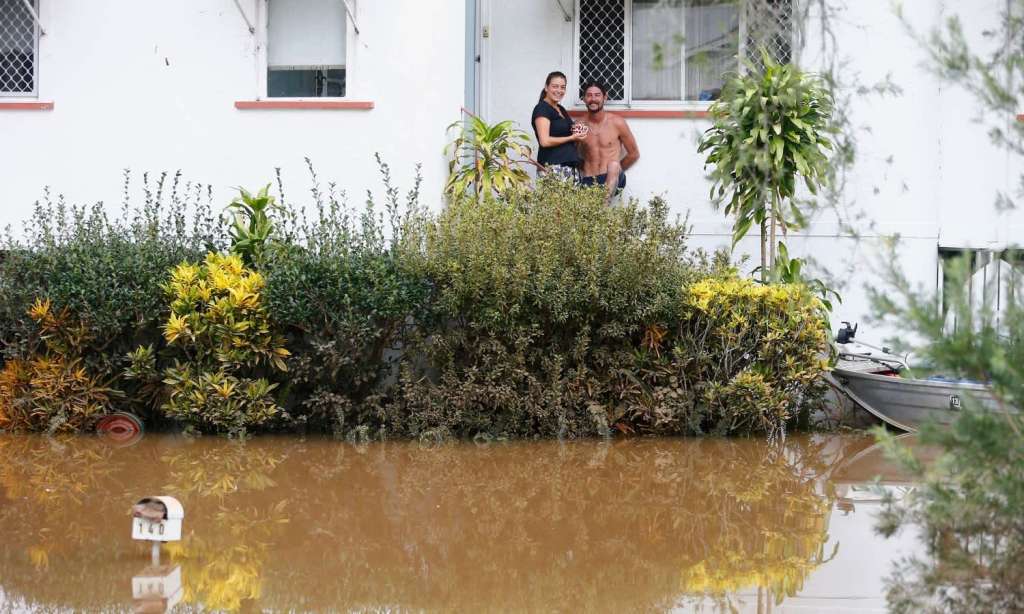If you live in Sydney or Melbourne, it’s likely you know someone, either directly or indirectly, who moved to northern NSW or the base of Queensland in the last two years. I live in Sydney, and I have two friends who did – one to Burleigh, QLD and another to the town of Sawtell in NSW. They were two of many.
Jess Hayes, resident of Northern Rivers, which extends from Tweed Heads to the Coffs Harbour, and includes main towns Tweed Heads, Byron Bay, Ballina, Kyogle, Lismore, Casino and Grafton, points out that the area was always attractive to those with money and that she’s always found renting to be more expensive there than in other places she’d lived.
But when COVID hit, and working from home — or anywhere, really, depending on restrictions — became the norm, the beach towns in the area, and Byron Bay in particular, took on whole new appeal.
“People wanted to escape the city life and improve their quality of life,” says Hayes.
“The wealthy brought up a lot of the rental properties pushing out many locals. Our landlord in Byron Bay had proposed an increase in our rent, wanting $150 more a week, which represents a 20% increase.
“Many people were forced out of their homes as a result of these jumps. If this is happening to us, I can only imagine what’s occurring to people in lower socioeconomic areas.”
Ella Buckland, a social welfare advocate and campaigner who lives in Lismore, NSW, describes the house prices in her area as having “gone crazy.” The recent floods, which have destroyed large parts of the region and surrounding towns, is set to supercharge an already existing problem of housing shortage.
“Everyone’s building,” she says. “Everyone’s renovating already and now this has happened.”
Lismore resident Eddie Lloyd says “70 to 80 people are turning up at each rental hearing” in the town. She says she’s found the narrative that people had deliberately chosen to live in flood-prone areas “frustrating”, “insulting” and “offensive” because, in fact, those were the only areas many could afford to live in.
Another issue is that because land in the area is so steep, there’s not a lot that’s usable to develop on.
Lloyd says she thinks the council won’t allow people who live in the flood-prone areas and were affected by the floods to rebuild their homes. Either that or those people will face their homes being condemned unless they fix them to a certain standard.
“That’ll involve a lot of expensive buildings, labour, work and material,” she says. “And I know a lot of these people in this community, and I just don’t see how they’re going to be able to get back on it.”
“There’s not a lot of land,” she says. “There are a lot of farmers with loads and loads of acres and hectares of land that I think should start opening up their hearts and land to the idea of land sharing and dual occupancy and tiny homes and things like that. That’s a potential solution.”
Jess Hayes estimates over 9000 homes to have been deemed uninhabitable (The Guardian estimates that number to be far less — 2300 — but that figure is increasing), making countless homeless and forcing many to leave the area.
“It is evident that the poor keep becoming poorer and the rich keep becoming richer,” she says. “This [Northern Rivers flooding] will magnify what was already happing, and it is truly awful.”
Lismore local Marcus Bebb put it this way to The Guardian: “Yeah money is great, yeah making plans and rebuilding and fixing flood mitigation, yeah that’s stuff that’s got to be done.
“But 4pm on a Wednesday, and I’m looking for a house. I’m looking for a roof. I’m looking for somewhere to put my family.”
Lloyd has set up a North Lismore flood appeal donation page and is currently fundraising for the “heroes” she says saved lives in the disaster.
Read more stories from The Latch and subscribe to our email newsletter.

